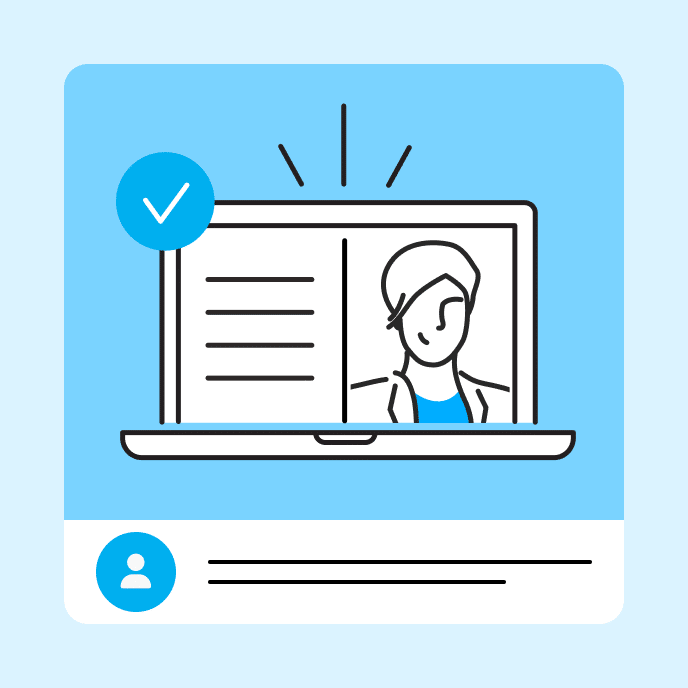Is Your E-Learning Course Engaging Enough?
Learn practical techniques to boost learner motivation in your e-learning courses. Discover how to transform mandatory training into engaging experiences students actually enjoy.

Creating engaging e-learning isn’t just about flashy graphics or complex interactions—it’s about understanding and leveraging what truly motivates learners. This post reveals five proven strategies that instructional designers can use to transform training courses into learning experiences that students actually want to complete.
Understanding motivation in learning
Think back to a time when you were truly motivated to learn something. Perhaps it was a skill that would lead to a promotion, or maybe it was a critical safety procedure. When I was in military basic training, I had to learn proper grenade-throwing techniques. Given the life-or-death implications, you can bet I was fully engaged in every detail of that training.
While most e-learning courses don’t involve explosive devices, we can still create compelling reasons for learners to engage deeply with the content. Here are five proven strategies that any beginner instructional designer can implement:
Build in meaningful rewards
Every learner wants to feel a sense of accomplishment. By incorporating strategic rewards into your course design, you can create those satisfying moments that keep learners coming back for more. Consider these approaches:
- Achievement-based challenges with time limits
- Certification badges or completion certificates
- The ability to test out of certain modules
- A simple acknowledgment of progress and mastery
- Tangible rewards for major accomplishments (when appropriate)
Demonstrate clear value from day one
Learners need to understand “what’s in it for me” before they’ll invest their time and energy. Unfortunately, many e-learning courses fail to answer this crucial question upfront. When learners can’t see the value, they either disengage or, worse, resort to mindlessly clicking through—especially in mandatory training.
The good news? A few simple design choices can transform your course from a checkbox exercise into an experience learners actively want to complete. Make the benefits of your e-learning course obvious from the very beginning, and remind learners of these benefits throughout the experience.
Focus on performance improvement
The best e-learning doesn’t just share information—it helps people do their jobs better. When designing your course, always keep the practical application of skills front and center. Make it practical with these approaches:
- Replace generic examples with real-world scenarios
- Create interactive simulations of actual job challenges
- Show how the material applies to daily work tasks
- Provide opportunities to practice new skills safely
Set crystal-clear expectations
Nothing frustrates learners more than feeling lost or confused about what they’re supposed to do. Clear communication about the learning journey helps reduce anxiety and keeps learners focused on the content rather than trying to figure out how things work. Build clarity through:
- Outline learning objectives upfront
- Make the course design intuitive
- Provide clear navigation instructions
- Explain how long each section will take
- Describe what success looks like
Challenge existing knowledge
One of the most powerful ways to engage learners is to make them question what they think they already know. By thoughtfully challenging their existing knowledge, you create natural curiosity and engagement.
Create productive tension through:
- Present surprising statistics or facts
- Challenge common misconceptions
- Create safe spaces to make and learn from mistakes
- Encourage healthy debate and discussion
- Use scenario-based learning to test assumptions
The key to success
As a beginning instructional designer, remember that you don’t need fancy graphics or complex interactions to create an effective course. Focus first on these motivational strategies—they’re the foundation of successful e-learning.
Your role isn’t to force information into reluctant minds. Instead, create an environment where learning naturally occurs. Consider your learners’ perspectives, what drives them, and what they need to succeed in their roles.
A well-designed e-learning course doesn’t just transfer knowledge—it transforms mindsets. When learners see the direct connection between your content and their success, motivation follows naturally.
Getting started
Begin by implementing just one or two of these strategies in your next course design. As you become more comfortable, add additional motivational elements. Remember that even small changes can make a big difference in learner engagement.
Start with these simple steps:
- Choose one strategy from the list above
- Implement it in a single module or lesson
- Get feedback from a few test users
- Refine based on their input
- Gradually incorporate more strategies as you gain confidence
Your learners will thank you, and more importantly, they’ll actually learn—which is the ultimate goal of any instructional designer, beginner or experienced.
You may also like

Why Employee Onboarding Is Important—and How to Maximize Results
Want to increase new hire retention, engagement, and productivity? Unlock the benefits of employee onboarding with these tips.

